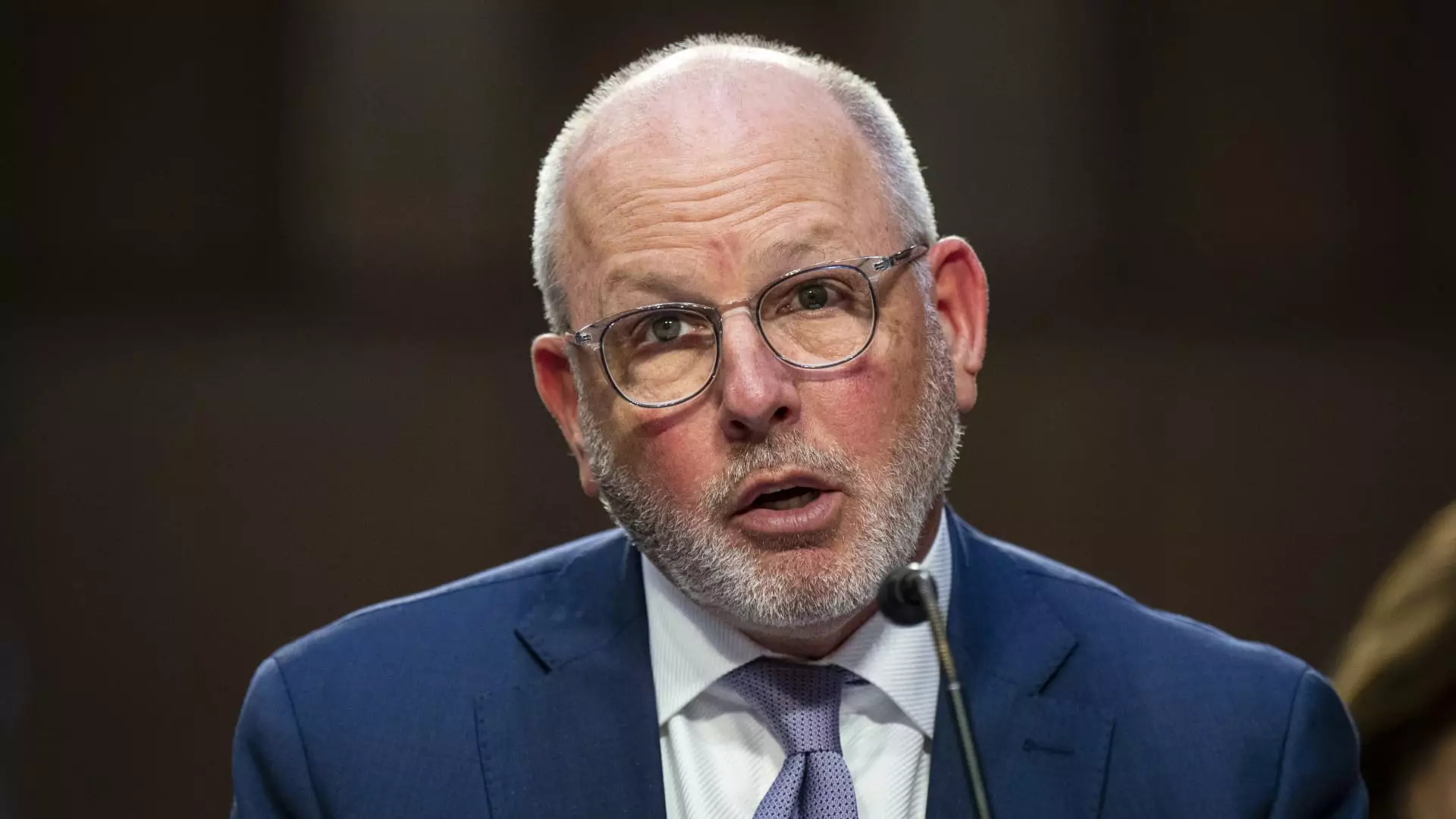Challenges and Criticism Surrounding Pharmacy Benefit Managers: A Deeper Dive

In the ongoing debate surrounding the high cost of prescription medications in the United States, pharmacy benefit managers (PBMs) like CVS Health’s Caremark have come under fire. Recent comments from CVS Health’s new CEO, David Joyner, have sparked discussions about the role of these intermediaries in the complex landscape of pharmaceuticals. While Joyner defended PBMs against accusations of inflating drug prices, critics remain concerned about the actual impacts of these organizations on healthcare costs and patient savings.
Pharmacy benefit managers serve as intermediaries between insurance companies, pharmacies, and drug manufacturers. Their primary responsibilities include negotiating rebates with pharmaceutical companies, managing formularies that dictate which medications are covered by insurance, and processing reimbursement for pharmacies. Theoretically, PBMs are designed to create efficiencies in the drug supply chain and lower costs for insurers and patients alike. However, their methods and the resultant effects on pricing remain contentious.
According to Joyner, PBMs like Caremark represent a vital component in controlling rising healthcare expenses, acting as a counterbalance to perceived monopolistic practices in the pharmaceutical industry. He claims that the work conducted by PBMs is essential in mitigating some of the severe price hikes seen in branded drug markets. Joyner’s assertion positions PBMs as advocates for lower drug costs, despite growing skepticism from various stakeholders, including lawmakers and industry professionals.
Pharmaceutical manufacturers have voiced concerns about the influence of PBMs, arguing that these middlemen often retain substantial portions of negotiated savings instead of passing them on to consumers. Reports indicate that PBMs may overcharge insurance plans while underpaying pharmacies, raising further doubts about their role in the healthcare system. Drug manufacturers suggest that such practices contribute to artificially inflated drug costs, calling into question the effectiveness of PBMs in creating a fair marketplace.
The pharmaceutical lobbying group, PhRMA, characterized PBMs as entities under scrutiny from multiple levels of government. Accusations of opacity and manipulation have prompted investigations into their business practices, emphasizing a growing consensus that PBMs may not be as beneficial as they claim to be.
The Broader Implications of Rising Drug Prices
The issue of drug pricing extends beyond the pharmaceutical companies and their intermediaries. As Joyner highlighted, several factors are driving up healthcare costs in the U.S., including increasing provider costs and heightened patient demand for services. However, this broader narrative does not necessarily absolve PBMs of responsibility. The interplay between manufacturers’ pricing strategies and PBM practices results in complex challenges for patients struggling to afford medications.
A critical factor is that the current healthcare system often obscures the true costs of medications from consumers at the point of sale. Patients frequently face high out-of-pocket expenses due to a lack of transparency about how much they are actually paying versus the negotiated prices handled by PBMs and insurers. This lack of clarity contributes to the perception that both PBMs and drug manufacturers prioritize profits over patient welfare.
As legislative pressure mounts to reform the practices of pharmacy benefit managers, the future of these intermediaries remains uncertain. Bipartisan interest in addressing the intricacies of drug pricing suggests that changes could be on the horizon. The question remains: will reforms enhance transparency and benefit patients, or will they lead to unintended consequences within a structure that is already deeply entrenched?
The discussions surrounding PBMs and their role in the healthcare ecosystem reflect broader systemic issues related to drug pricing and access. Both the pharmaceutical industry and pharmacy benefit managers must confront their respective roles in this complex web, striving for solutions that prioritize the needs of patients while ensuring fair market practices. The pathway forward will require collaboration, transparency, and a willingness to reassess long-standing practices that may no longer serve the best interests of consumers.





